Is Soul Useful?

I have a friend who graduated from Beihang and worked in the Mercedes-Benz CKD project to report to German bosses. He also wrote Fortran code for the research part of the Eurofighter’s closed-loop flight control system during his postgraduate study in Europe.
For he who values intelligence, financial freedom is obviously also free. So I wanted him to come to work in Shanghai. After all, it’s just jumping from one comfortable area to another. He said that if he came to Shanghai, he wanted to buy an Alfa Romeo Giulia. Then, as someone who thinks that owning an electric car represents cognitive superiority, I told him:
Why not buy a Model 3 in Shanghai? It’s fast and convenient.
He refused, for he believed that cars should have souls. So I told him again:
Do fighter jets have souls? They just need to be fast! Does F1 have souls? They just need to be fast! Real men play with ruthless industrial machines. What’s the use of souls?
As for how this friend answered me, we will talk about it later.
Speaking of souls, I began to question the soul theory raised by SAIC’s chairman Chen Hong at the shareholders’ meeting a while ago: “We should grasp the soul in our own hands”.
Intelligent Self?
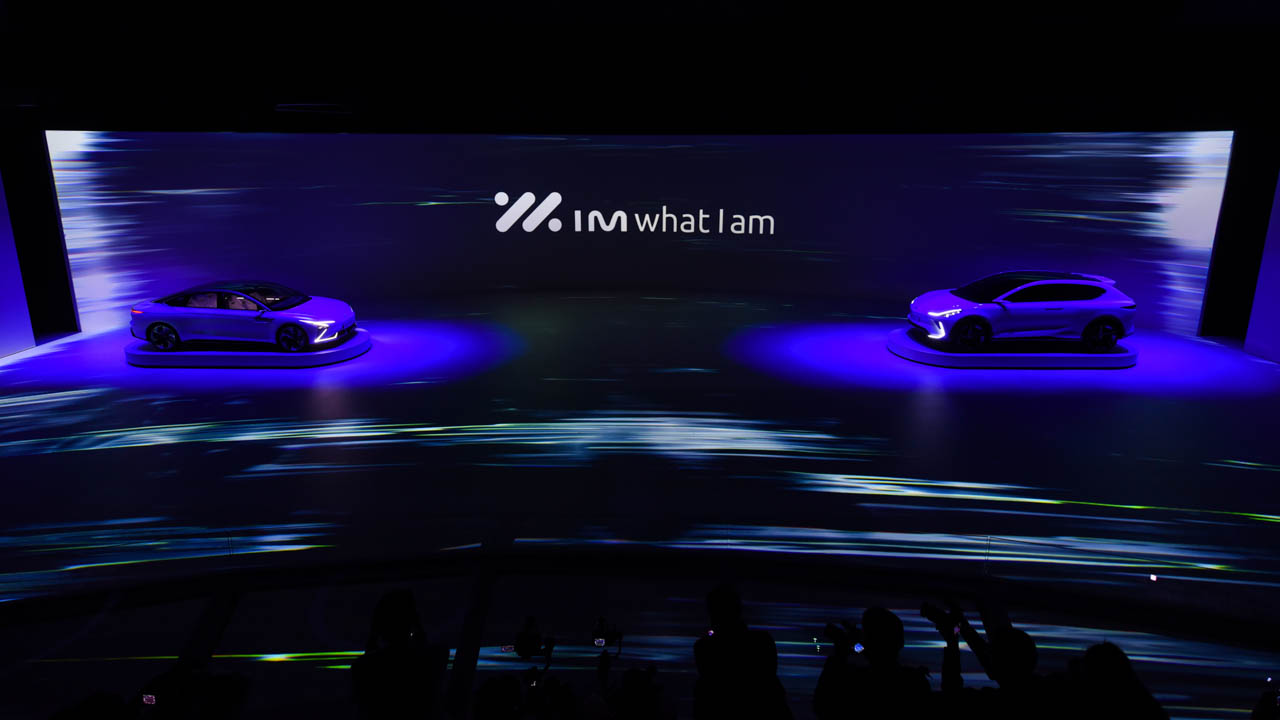
Last Christmas, the intelligent electric vehicle brand IM was established, which was led by SAIC, with Zhangjiang High-Tech and Alibaba as shareholders.
The famous saying in “Zhouyi-Xici Shang” “To know the world and to make it better” inspired the brand name. Its English name is IM Motors, which means “I am” and “Intelligence in Motion”, aiming to create an intelligent transportation carrier.
Another New Force?
Intelligent electric vehicles will become the mainstream in the future, and everyone present should have a consensus on this. Otherwise, why did stocks related to new energy surge so much?
Now that cars are also moving towards intelligence, ruthless industrial machines like Santana, which exist purely for transportation, obviously cannot sell at a good price. Although its sales are not small, it is clearly in a shrinking market.
Why can the newly established IM, which is also under SAIC, dare to sell for more than 400,000 yuan? And it is a futures delivery in Q1 of next year?
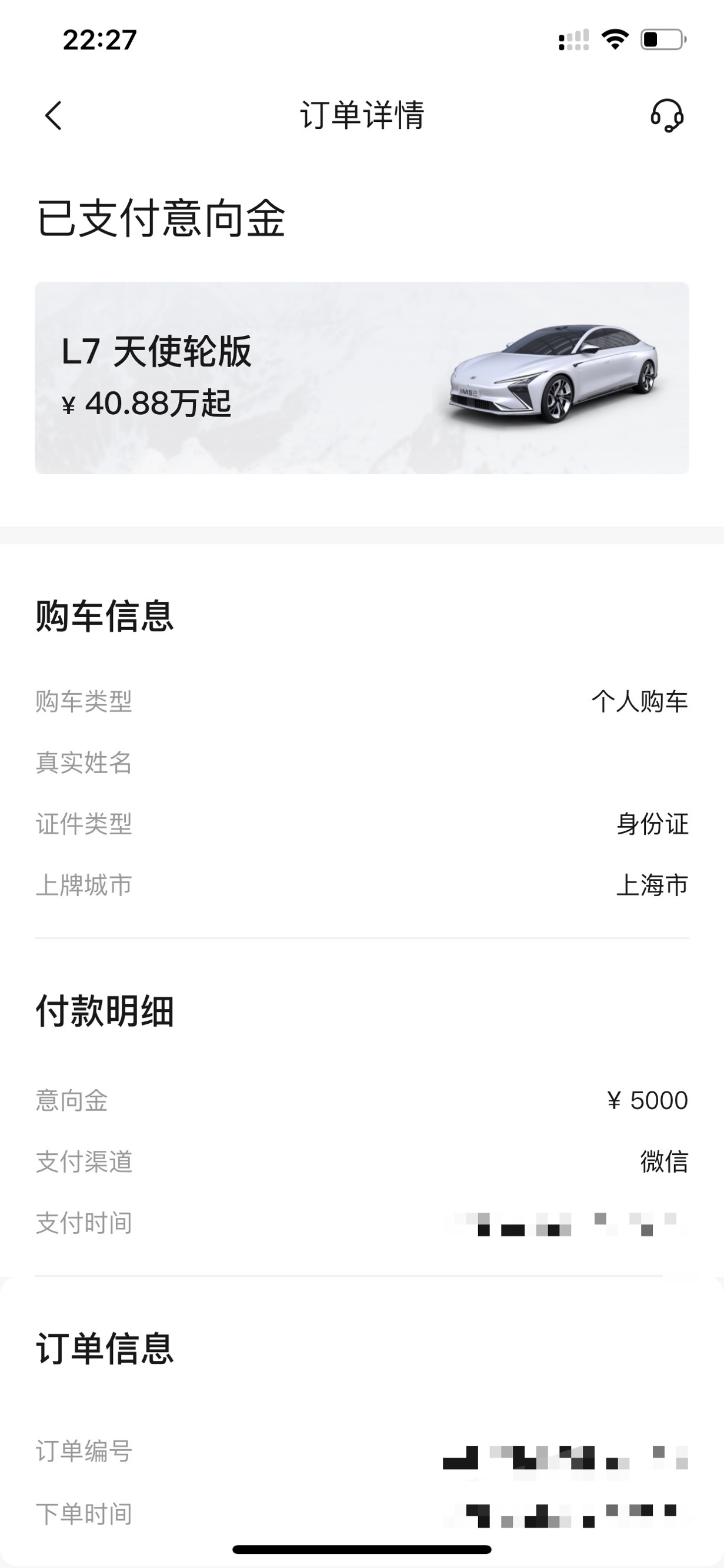 # Soul is Important
# Soul is Important
As a method actor, I paid a large deposit of 5,000 RMB to conduct a stealth investigation in a company called IM.
While monitoring public opinion of their app in my daily work, a passage caught my eye from the KOC in IM’s online community. Despite having only 2,000 car owners in their angel round, the KOC received more than 300 likes for their somewhat provocative words.

This passage made me realize the numerous cases where traditional automakers struggle to create new products with a satisfactory user experience due to a lack of user-centric thinking in the era of new forces. I fully agree with the idea that some automakers have become nothing more than contract manufacturers.
For the automobile industry today, “user enterprises” compete in terms of their overall operation capabilities. This includes not only product quality, services, and the community, but also the delicate operation of our driving experience.
As the pace of progress becomes more apparent, the intelligence of electric vehicles largely depends on their intelligent driving capabilities, which need to be verified through actual tests.
The Soul of Smart Cars: Assisted Driving
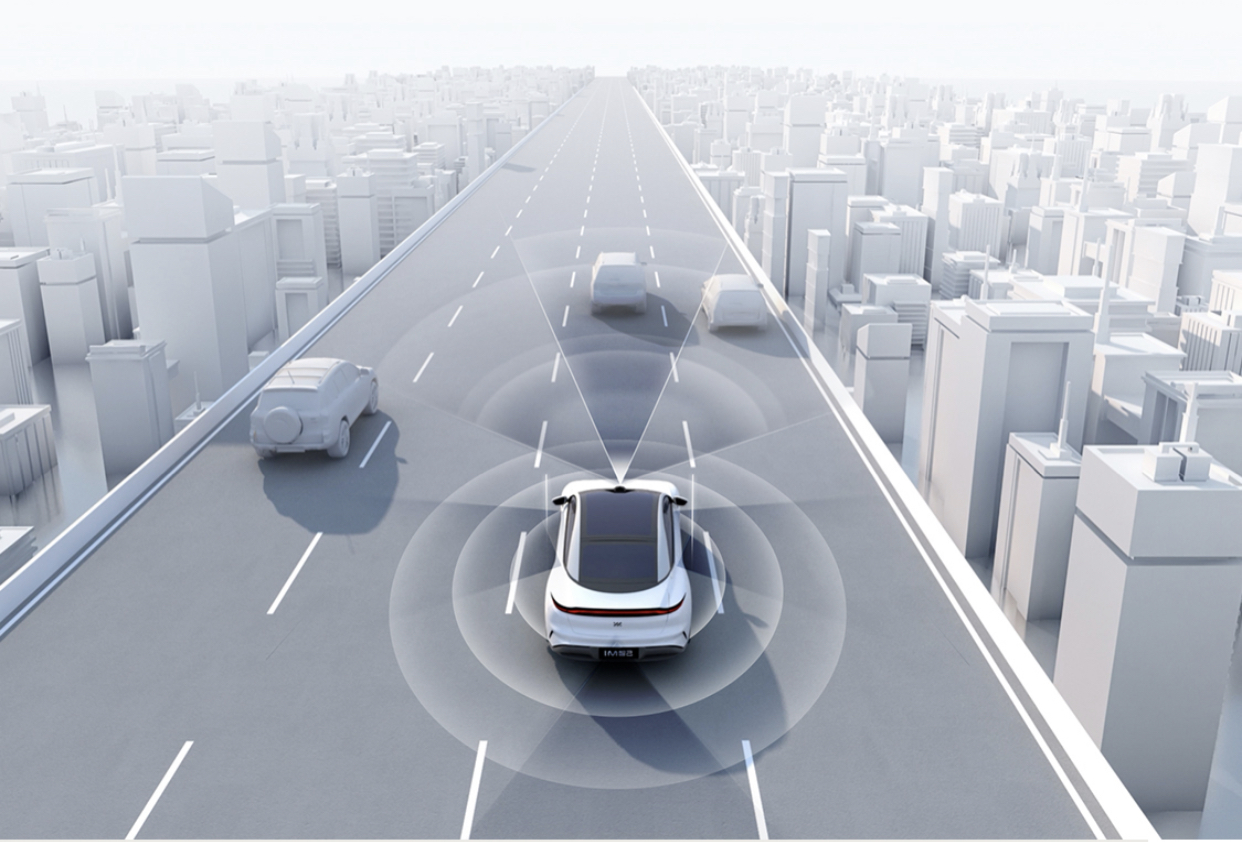
Setting a Precedent
Speaking of recent hot topics, the most discussed topic is the real-world testing results from Huawei. The outstanding performance of the assisted driving function within Shanghai’s urban area and the skyrocketing stock prices of related companies have placed any “self-driving” videos from their juniors under scrutiny. IM is no exception.
Recalling the previous traffic volume, whether it’s the Alpha S from Xpeng, the Huawei HI version, or Apollo’s robotaxi, all of them are dominated by Internet giants. In this type of collaboration, it seems that original equipment manufacturers are only providing containers for these tech giants to build on their soul.
Although the IM IM AD smart driving system’s testing video in the downtown area came out slightly later than Huawei’s on the timeline, IM, as a new force under the background of SAIC group, can be said to have opened up the precedent for high-level automated driving for automakers.
40 Minutes of Testing for Urban Roads and Highways with No Takeover
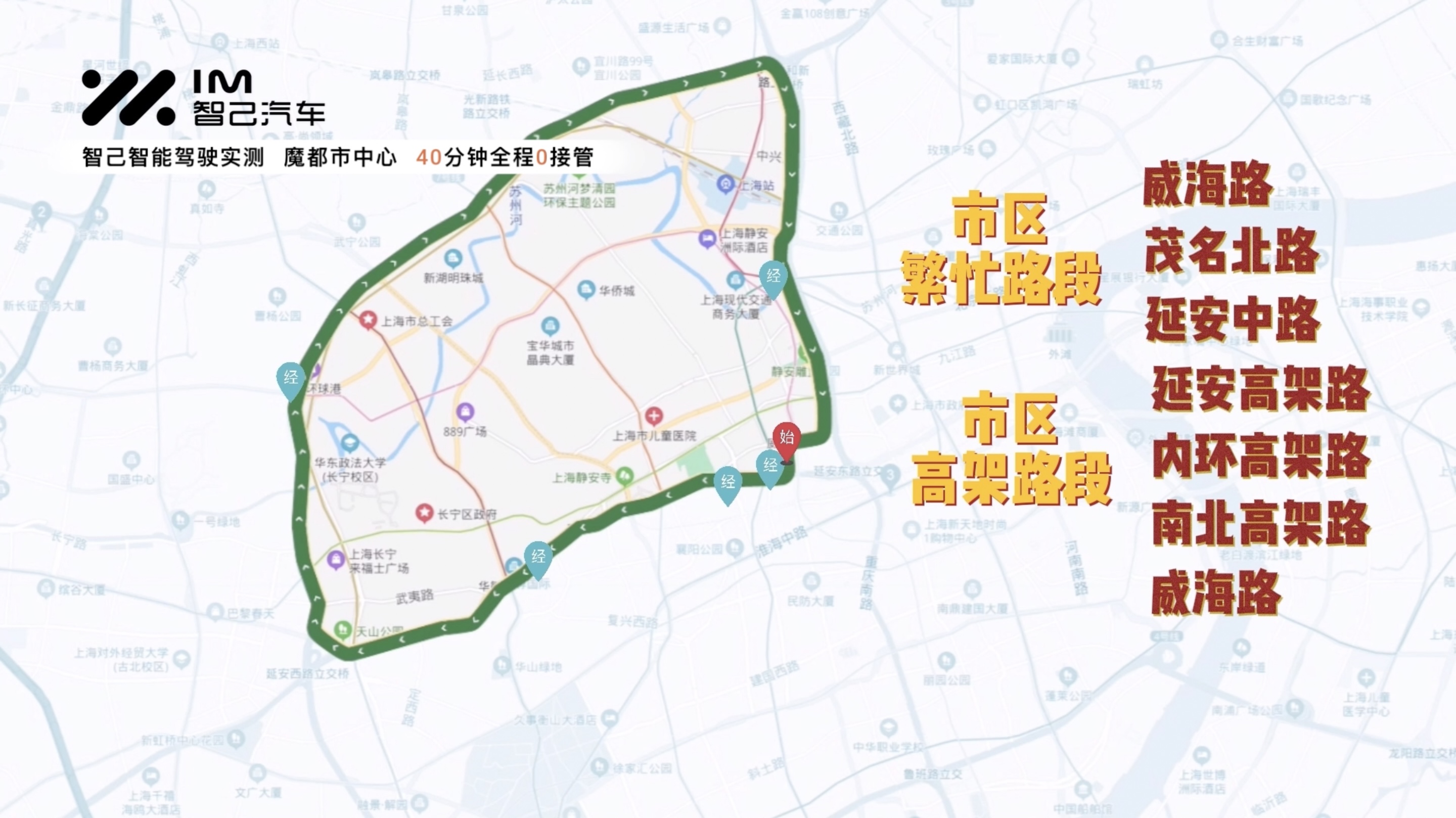 ## Translation
## Translation
Due to the recent consensus on the value of autonomous driving, this type of video may no longer be as stunning, but there are still many noteworthy aspects in the 40-minute, 21 km, full-length, 0-takeover video released by IM recently.
Compared with Huawei, IM’s video also shows scenes of congested traffic and overlapping old and new lane lines, making the road conditions more diverse. In addition to comparing mixed traffic and unprotected left turns with Huawei, the more noteworthy aspect is that IM demonstrates a more humane regulatory strategy in the video.
1. Dealing with Cars Cutting In
In a scenario where IM’s test car encountered a blue sedan cutting in from the right with a long solid line ahead while driving on an elevated road, IM’s IM AD system recognized the cut-in behavior and slightly swerved to the left rather than avoiding it bluntly with brakes. Afterwards, with the support of high-precision maps and sensing capabilities, it completed the lane change before the solid line.
2. Active Merging
Existing systems on the market react to the narrowing and disappearing lane by prompting the takeover and exiting the assisted driving mode. However, IM’s test vehicle not only passed smoothly but also demonstrated a driving style similar to that of a human driver. When the vehicle was about to merge into the main road, there would be a probing action. After the first merge attempt failed, the car would retract its head and make a second attempt. This behavior of creating overtaking space by exerting pressure on rear vehicles through a probing approach while closely following is reminiscent of that of an experienced driver.
3. Avoiding Illegal Assisted Bicycles“`html
Other than unprotected left turns, a challenging situation in urban road conditions is delivery personnel. Riders often use illegal maneuvers to improve delivery efficiency, making it more difficult to predict their driving trajectories. In such cases, sudden braking and stopping is often used to avoid risks. In this road test video, IM's performance was smoother, as they predicted the necessary distance to brake in advance to avoid stopping abruptly. When faced with electric bicycles that violated traffic laws at intersections, IM's avoidance actions were also more restrained and did not invade the oncoming traffic range with exaggerated evading movements.
#### 4. Recognition of new and old lane markings
html
“`
Unlike a purely visual solution, IM’s test vehicle successfully drove according to the new lane markings on a viaduct where new and old markings coexist. These results also show the importance of high-precision maps in terms of freshness.
Just that?
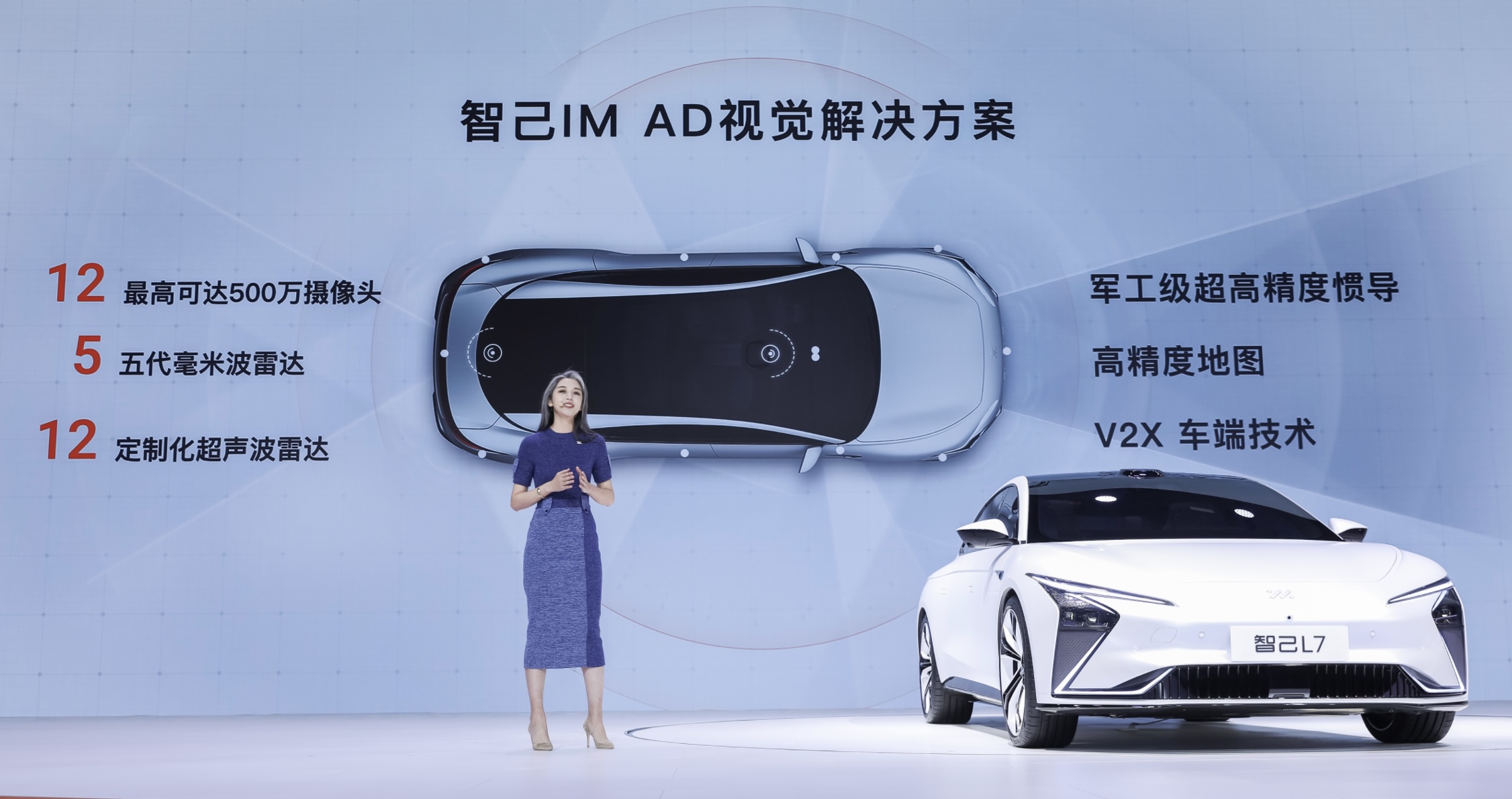
Because the market has already been educated several times, we won’t be impressed by demonstration videos of advanced driver assistance systems (ADAS) anymore. The key factor is whether such systems can be implemented in the user’s own scenarios and can be generalized to a wide range of driving situations.
To address this issue, IM also enhanced user confidence via “reverse operation”, since the perception hardware of the test vehicle in this video was weaker than that of the production models.同样是 Xavier 芯片,但测试车搭载的 10 个摄像头 + 5 个四代毫米雷达 + 12 个超声波雷达的组合,相较于量产的 L7 12 摄像头(包括 2 个 500 万像素摄像头)+ 5 个五代毫米波 + 12 个超声波雷达的方案,显然较弱。
如果测试车已经达到如此高水平,那么量产车将有更好的表现。这意味着辅助驾驶能力上有了一份保障。
IM AD?
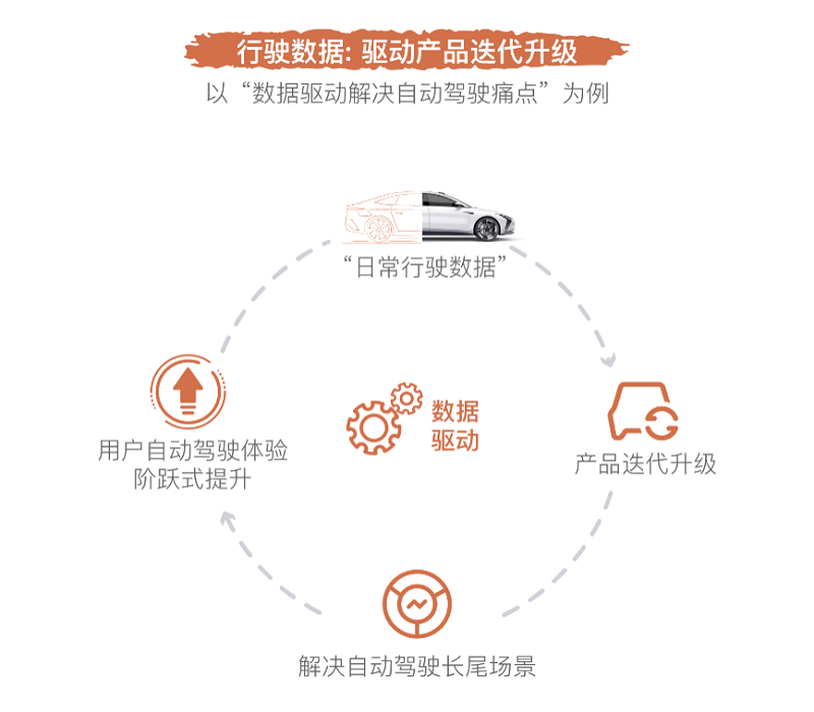
IM AD 智己智驾是上汽集团与最新一轮领投自动驾驶算法公司 Momenta 深度合作的产物。该系统采用数据驱动的理念,通过车主经历的真实路况数据进行算法迭代,从而不断提升驾驶能力。
与传统 tier 1 采用规则导向的方式,凭自身工程师的人工算力堆砌以解决边角案例(corner case)不同。
简单来说,大家开车的数据被用来提升智能驾驶性能,这就是视觉众包机制。
此外,IM AD 还包含智己首创的“灵魂功能”合集。
更加人性化的模式设置
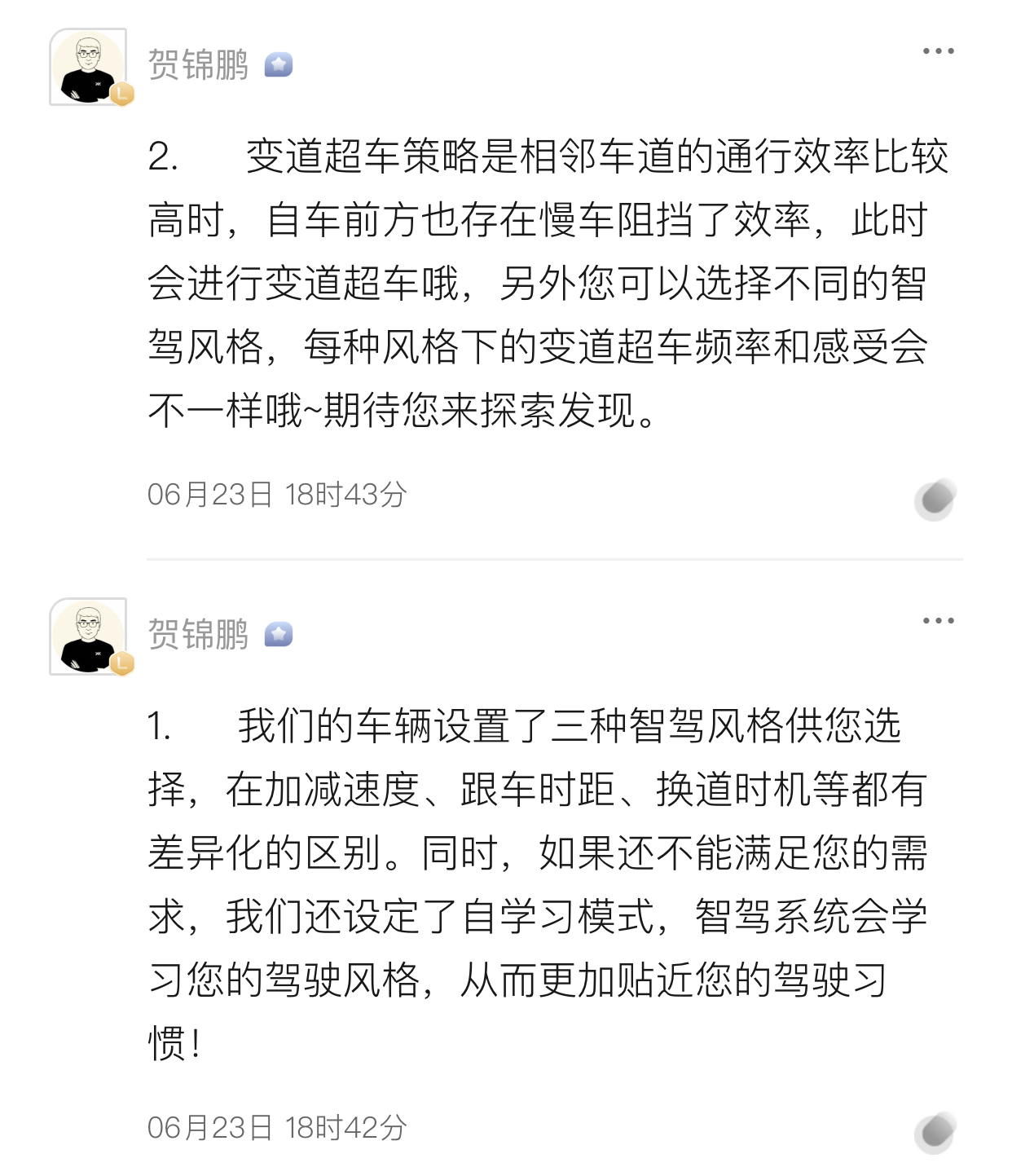
根据我在 app 中找到的智己厂方工程师对天使轮用户的回复,IM AD 有四种不同的驾驶风格,其中三个为预设模式,根据激进程度分类,最后一个是学习驾驶员风格的自适应模式。每个司机的驾驶策略和操作逻辑都会不同。
有些人喜欢开得慢、有些人喜欢跟得紧等等。因此,这个功能旨在最大化不同驾驶能力的车主对辅助驾驶的接受程度。
增强信任感的可视化沟通
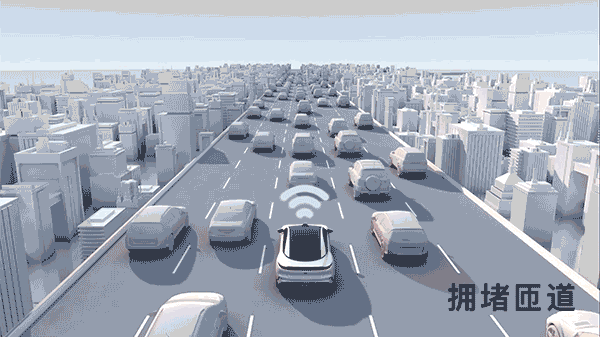 Trusty Enhanced Autonomous Driving (TEAD) is an innovative and user-friendly selling point in the industry. Currently, mainstream visualized assisted driving only expresses the position relationship and recognition status between the own vehicle and surrounding vehicles. As for the grasp of the assisted driving system itself, it remains at the two levels of “on” and “off”.
Trusty Enhanced Autonomous Driving (TEAD) is an innovative and user-friendly selling point in the industry. Currently, mainstream visualized assisted driving only expresses the position relationship and recognition status between the own vehicle and surrounding vehicles. As for the grasp of the assisted driving system itself, it remains at the two levels of “on” and “off”.
TEAD can divide the auxiliary driving confidence interval of the vehicle into three levels, allowing vehicle owners to more intuitively understand the algorithm’s processing capability for the current road conditions.
It is understood that from the highest confidence level to the second stage, only visual reminders will appear to reduce the disturbance to passengers. When entering the lowest level, more invasive signals such as sound will be issued, reminding the driver to take over.
Rejection of Data Freeloading
Data is sourced from the user’s actual driving mileage. Does this mean that users contribute to the automatic driving algorithm of the car manufacturer while driving, feeling that they are being taken advantage of? In response to this issue, TEAD’s innovative CSOP (User Data Rights and Interests Program) endorses 4.9% of TEAD’s automobile equity to release 300 million tokens. Users who obtain the “tokens” through driving behavior can exchange them for upgraded rights to LIDAR + NVIDIA Orin and higher capacity battery packs.
The Essence of Autonomous Driving
Scenario is More Important Than Level
After gaining some understanding of autonomous driving, it is clear that there are many consumers who expect higher levels of autonomous driving. Some manufacturers have also realized this and begun to introduce Level 4 autonomous driving products.
However, reality is harsh. These are still “L4 in limited scenarios,” and are mainly used in the AVP (Automated Valet Parking) scenario. The current situation for most AVP applications is that efficiency may not be higher than that of humans, and there are still certain requirements for the venue.
Experience is More Important Than GimmicksJust like the expert in intelligent driving product experience design who replied to the user, the quality of intelligent driving depends on the quality of the experience.
IM advocates prioritizing the Door-to-Door concept in solving complete commuting routes instead of achieving higher levels of autonomous driving in limited time and space. This is a more effective strategy to enhance the user experience under the current rules of the game.
Delivery is just the beginning of the experience. Whoever understands the user experience better is what the automobile should be in the intelligent era.
Soul is worth having
Looking back at the soul question raised by my friend:
Do fighter planes have souls? Just being fast is enough! Does F1 have a soul? Just being fast is enough! Real men play with ruthless industrial machines, what’s the use of soul?
After I finished speaking, my friend laughed and didn’t say anything. I laughed and didn’t say anything either, but because I regretted it and felt that I had inadvertently revealed my cognitive limit.
Take my Apple computer that I’ve been using since 2007 as an example. It is no better than Windows in functionality, cannot play games, and is even more expensive. For car companies, soul is about discourse power, but for users, it is the product gene that understands human nature and human emotions better.
This article is a translation by ChatGPT of a Chinese report from 42HOW. If you have any questions about it, please email bd@42how.com.
